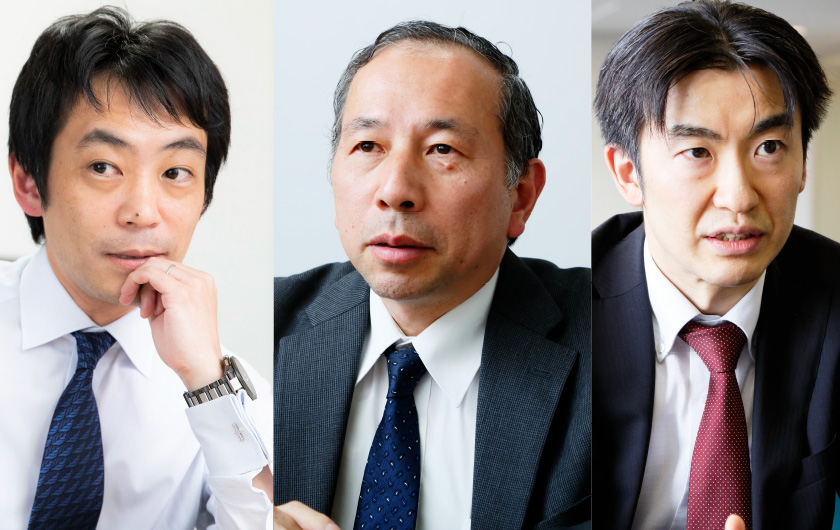
According to an estimate by the Ministry of Land, Infrastructure, Transport, and Tourism (MLIT), annual economic losses due to nationwide traffic congestion amount to approximately 12 trillion yen. This congestion has multiple causes such as road construction, traffic accidents, and the distance between vehicles.
In Japan, relieving traffic congestion is a significant challenge for both economic and environmental reasons, and expectations are rising for autonomous driving and other cutting-edge technologies. However it remains unclear exactly what the impact of autonomous vehicles will be on congestion.
The full-scale spread of autonomously driven cars is predicted to have some effect in reducing traffic congestion – indeed, it’s often cited as a main benefit of the technology. However, agreement on this is far from unanimous. A report published in June 2018 by the World Economic Forum and Boston Consulting Group forecasts that traffic congestion will actually get worse in an autonomous driving society. So how should we understand these different forecasts by specialist organizations? When society fully embraces autonomous driving, how will traffic congestion change, if at all?
The weakness of today's autonomous cars is a lack of flexibility
Professor Yoshihiro Suda is Director of the Mobility Innovation Collaborative Research Organization at the University of Tokyo. He says that, when it comes to the question of congestion, a lot rests on the level of autonomy the vehicles in question have.
"I think that views on traffic congestion differ depending on the level of autonomous driving assumed," he explains.
"According to the standards set out by the U.S. Society of Automotive Engineers (SAE), autonomous driving can be classified into five levels, with Level 5 being the most automated. Currently, we have reached Level 2, whereby partial automation has been achieved but constant monitoring by human drivers is still required. I think that the level will increase gradually in the future, but all cars will not suddenly reach Level 3 or Level 4; that will take a considerable amount of time. During this transition period, traffic congestion will not be alleviated easily."
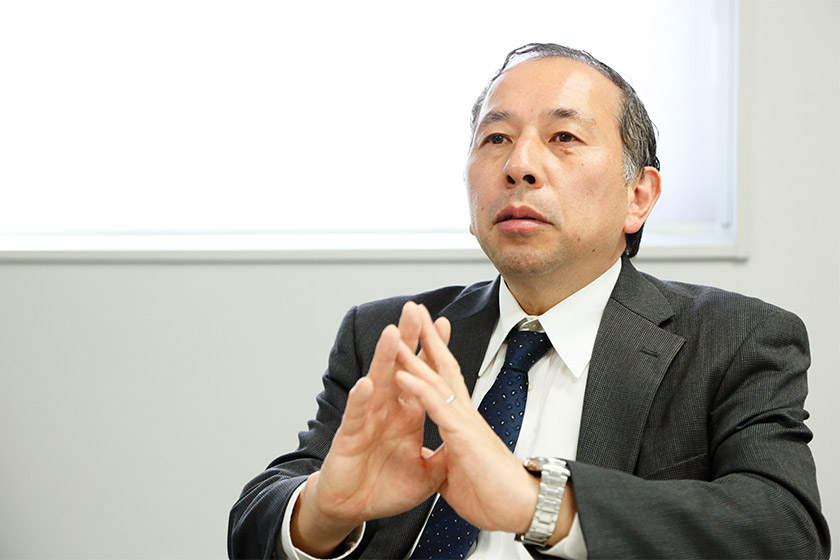
"Even if society embraces autonomous driving, traffic congestion will not be eliminated unless systems are revised and autonomous technology is combined with other innovations." (Professor Suda)
Professor Suda noted that the weakness of autonomously driven cars is their lack of flexibility: they are designed to strictly observe rules while driving, but this could prove to be a pitfall.
"Because autonomous cars will rigidly comply with speed limits, traffic lights, and the distance between vehicles without the flexibility of a human driver, this may lead to traffic congestion," says Professor Suda. "It can be said that both human and autonomous driving have their respective advantages and disadvantages, given that improper human driving often causes traffic congestion and that autonomous cars' strict observance of rules may cause traffic congestion. We need to develop smarter autonomous driving technology while simultaneously establishing rules and designing road infrastructure that reflects the autonomous driving age."
Overall optimization is necessary to alleviate traffic congestion in the autonomous driving society
"At present," Professor Suda continues, "autonomous driving is in the stage of 'individual optimization' in which the movement of each individual car is being optimized. How we achieve overall optimization is an important challenge for advancing to the next step of becoming a full-scale autonomous driving society."
One significant aspect of this challenge will be what happens in emergencies and accident situations. A system that can flexibly suggest a range of optimal routes will be required.
Quantum computing is a technology that is expected to meet these requirements.
With the current rapid pace of technological innovation, the amount of data handled has become enormous, and quantum computers that can instantly solve sophisticated, complex calculations are attracting much attention.
However, today's quantum computers must be cooled to absolute zero in order to maintain a quantum state, and a single experiment costs an enormous amount of money. The difficulty of handling poses a bottleneck to the widespread application of quantum computers.
To overcome this challenge, Fujitsu has developed Digital Annealer, which employs easy-to-handle digital circuits to provide some of the processing capability of quantum computers. At present, an evaluation of alleviation of traffic congestion in an autonomous driving society is underway as a potential application of Digital Annealer technology.
Ryo Tabei, Manager of the Platform Division in Fujitsu’s AI Services Business Unit, explains how this could work:
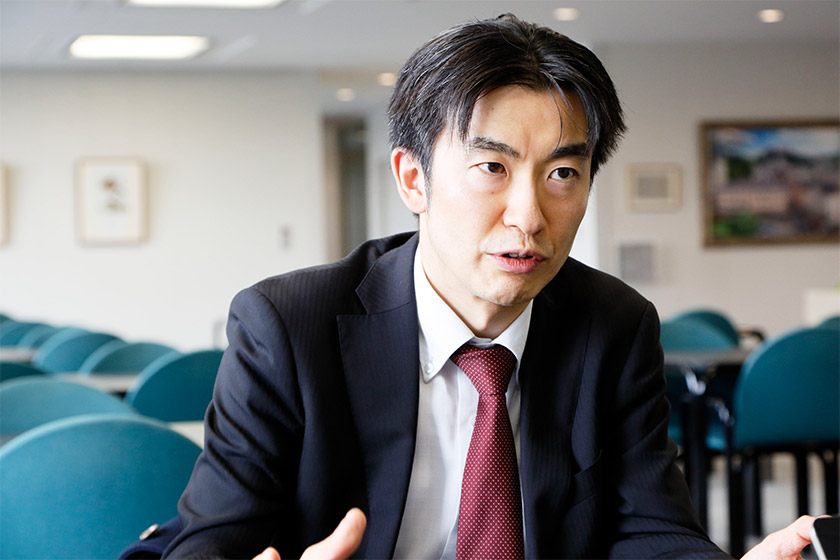
Manager Tabei, Platform Division, AI Service Business Unit, Fujitsu Limited
"When using normal car navigation systems, routes to avoid traffic jams are presented for each individual vehicle; however, because all vehicles are shown nearly identical routes, the vehicles concentrate along the same route, causing traffic congestion. This is because such navigation systems present individually optimized routes. Digital Annealer can present differing best routes for each of many vehicles that have the same starting points and destinations by distributing their routes as much as possible. With such route determination based on overall optimization, Digital Annealer can prevent traffic congestion before it occurs instead of merely mitigating it."
A Fujitsu simulation indicates that if vehicles take the optimal routes as determined by Digital Annealer based on overall optimization, travel times for all vehicles will be reduced by 40%.
Even when a traffic accident or natural disaster occurs, Digital Annealer quickly presents the best route based on overall optimization, avoiding routes that have been closed due to the accident or disaster. Further, if a contingency occurs or the destination is changed, Digital Annealer can instantly calculate the locations of all vehicles, thus greatly contributing to traffic congestion mitigation.
The ideal autonomous driving society in which vehicles drive safely without signals
"If vehicles run according to simulation, a world will be realized in which vehicles can travel safely without signals," says Professor Suda, expectantly.
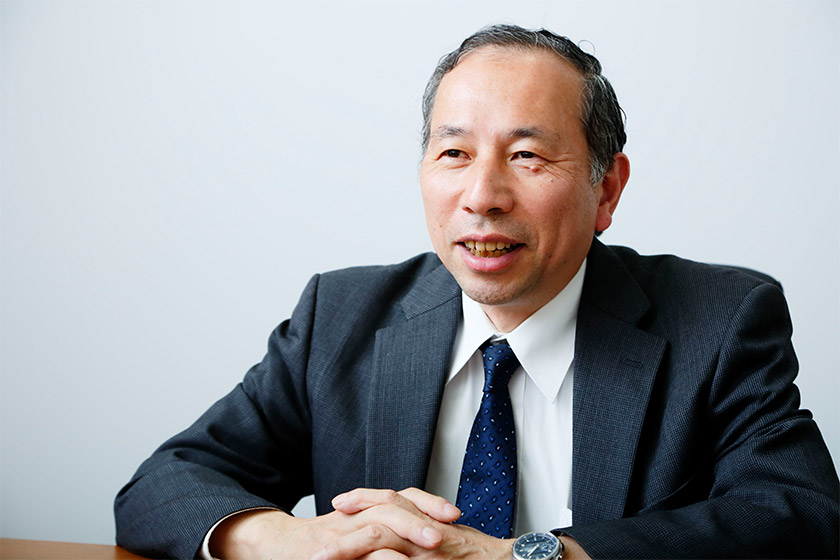
Professor Suda's ideal autonomous driving society is one in which vehicles can drive safely without signals.
"Traffic signals are required in order to share traffic routes by allocating time for multiple purposes. If a road's car density is high, it is impossible to ensure safety without signals. However, if Digital Annealer can instantly present routes and instruct speeds to autonomously driven cars, they can pass through intersections without signals. I have always thought that a world without signals is ideal, and I expect Digital Annealer to make such a society possible."
The immeasurable economic benefits of alleviating traffic congestion
Part of the reason for the MLIT estimate that traffic congestion amounts to 12 trillion yen losses is that congestion can cause such a serious level of damage by decreasing the amount of time that could otherwise be effectively used and by limiting production and purchasing activities.
A simulation performed with Digital Annealer successfully reduced traffic congestion by about 40%. This means, if calculated simply based on the MLIT estimate, that it’s possible to recover losses amounting to 4.8 trillion yen throughout Japan. If limited only to Tokyo, the expected economic effect is approximately 960 billion yen (the capital accounts for approximately 20% of Japan’s GDP).
According to Mr. Takanori Sakaguchi, a management reviewer and procurement consultant who is familiar with manufacturing industry supply chains, improved traffic flow will open up a whole realm of new possibilities.
"Traffic flow across all of Japan resembles blood circulation," he says, "smooth blood flow, which refers to smooth movement, represents sound economic activities. I sometimes go to India for work. In India, it takes days to carry things by truck from the north to the south. As you know, India is a nation that is strong in IT, but because of the transportation network problems, it is difficult for advanced logistics services like Amazon’s, for instance, to develop there.
"However, in Japan, where the transportation network has already been established throughout the Japanese archipelago, if traffic congestion is greatly reduced, new services can easily be created and foreign investment facilitated, which will contribute to the economy both directly and indirectly."
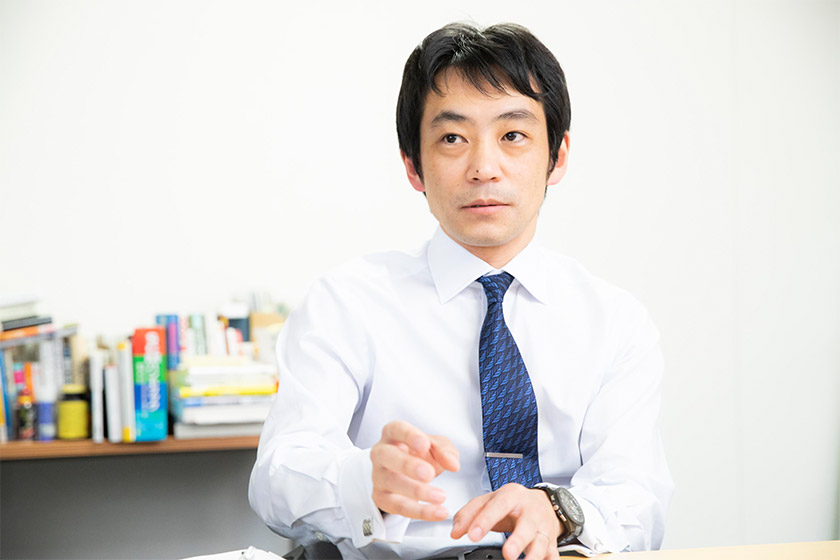
Mr. Sakaguchi (management reviewer) notes that Japanese logistics are inefficient.
On the other hand, Mr. Sakaguchi says that the Japanese logistics industry has a different problem to deal with; namely, the delivery truck loading rate.
"Currently, the loading rate for Japanese delivery trucks is said to be approximately 50%. Japanese logistics companies have no shared logistics methods and usually use the 'one-way system' under which trucks return with empty loads, which is very inefficient. Therefore, mitigation of traffic congestion is of course important, but at the same time, it is also necessary to strive to eliminate other kinds of waste.
"If the time spent on production activities that has been wasted up until now can be recovered by alleviating traffic congestion through overall optimization, it will definitely help increase the economic effects. However, for logistics, what is more important than the traffic congestion problem is to accurately identify and communicate logistics supply and demand."
This particular issue reveals a particular issue with supply chain logistics that, Mr. Sakaguchi suggests, could also be tackled using quantum computing.
"If a department store requires a certain number of products plus-or-minus 10 and places an order for the required number of products plus-or-minus 20 by taking into account demand fluctuations, the supplier must prepare said number of products plus-or-minus 40 to provide a hedge against fluctuations, and downstream manufacturers must eventually prepare said number of products plus-or-minus 160 to provide a hedge against fluctuations. This is the so-called Bullwhip Effect, which is a phenomenon in which more inventory must be carried as one moves up the supply chain, leading to significant losses. If supply and demand can be accurately communicated using Digital Annealer, I think that such waste can be prevented, thus achieving significant economic effects."
Creating new business opportunities with Digital Annealer
Use of Digital Annealer in transportation systems is expected to alleviate traffic congestion, which in turn will have other, knock-on effects. If traffic congestion in metropolitan areas is relieved, ambulances and fire engines will be able to reach destinations more quickly to prevent further damage. Also, reducing exhaust gas emissions by alleviating traffic congestion can of course greatly contribute to solving environmental problems.
The contribution to economic forecasting is also noteworthy. Because transportation and economic activities are closely related, if the optimal routes can be presented to all cars using Digital Annealer while capturing detailed data on transportation activities, it will become possible to do economic forecasting with a high degree of accuracy.
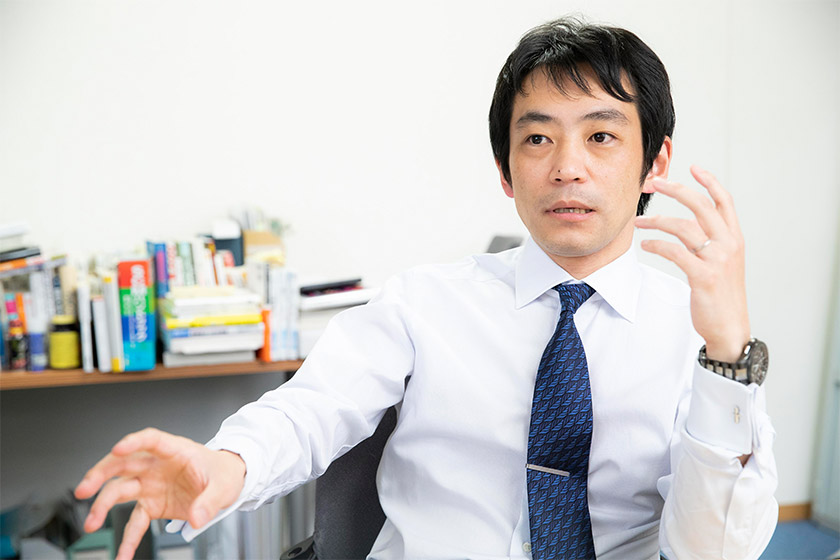
"Accurate economic forecasting benefits all businesses." (Mr. Sakaguchi)
"If this actually happens, I think it will have major economic effects," says Mr. Sakaguchi. "If human resource allocations, equipment procurement, production adjustment, and so forth can be carried out based on highly accurate predictions, this will lead to benefits for companies as well as for the Japanese economy as a whole."
Digital Annealer's ability to solve combinatorial optimization problems is extremely versatile, so it is expected to find use in a wide variety of fields, including the composition of chemical substances for new drug development, optimization of personnel plans, and the creation of stock investment portfolios.
This is a sentiment echoed by Mr. Tabei: "Digital Annealer can already be applied in various situations, but we think that there are many other fields of application that have yet to be discovered. Our challenge for the future is to discover social issues in which we can apply Digital Annealer and approach each issue."
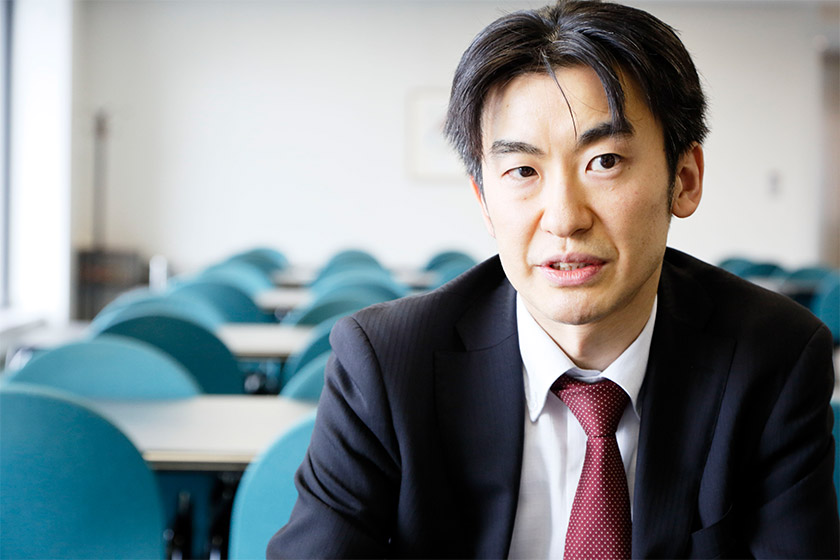
Manager Tabei spoke about Digital Annealer’s future.
This, then, is only the beginning for Digital Annealer – and a whole world of positive practical applications are waiting to be discovered.












